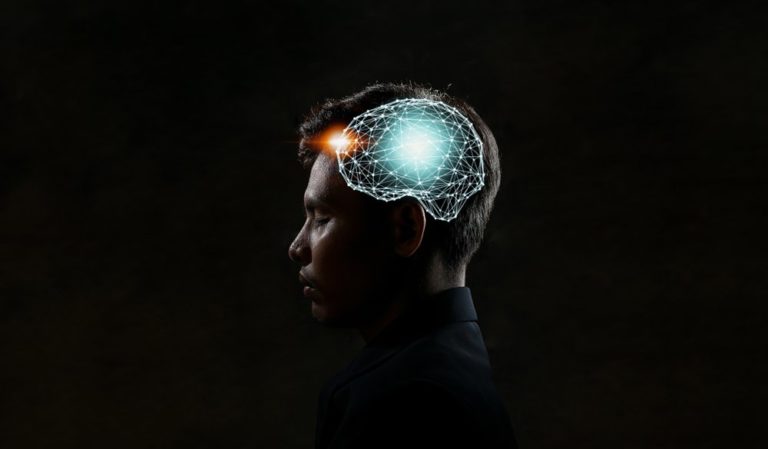An artificial intelligence (AI) called DeepCount can estimate how many people there are in a room based on WiFi data. This is stated in a new published study, reports VentureBeat.
The work does not come long after researchers from Ryerson University in Toronto demonstrated a neural network that can determine whether smartphone owners walk, cycle or drive around an area using Wi-Fi data. Researchers at Purdue University also recently developed a system that uses wifi access logs to determine relationships between users, locations and activities.
The latest research used channel state information (CSI) – specific phases and amplitude – to create a two-model system consisting of an activity recognition model and a deep learning model. The task of the deep learning model was to correlate the number of people and the channels, by mapping the activities of those people for CSI. The other model recognized it when someone entered or left the room via an electronic switch.
If the two models didn’t agree on the number of people in a room, DeepCount used the contradiction to re-train the deep learning model.
Training
The researchers collected a dataset of 800 CSI samples from ten volunteers who performed a series of tasks such as swinging, typing, sitting, walking, talking and eating. To train the model that needs to recognize activities, they first processed amplitude data to filter out unwanted sounds and interruptions. Training the deep learning model was done in a similar way, but with phase data and amplitude data.
DeepCount was running on a laptop with three receiving antennas adapted to report channel state data, which was connected to a router with two transmitting antennas. Both operated on a 5GHz frequency to make the wavelength short enough to create a good resolution.
The authors also write that the deep learning model achieved an accuracy of 86.5 percent with a maximum of five people. By re-training the model with samples from the other model, it was able to achieve a prediction accuracy of 90 percent.
This news article was automatically translated from Dutch to give Techzine.eu a head start. All news articles after September 1, 2019 are written in native English and NOT translated. All our background stories are written in native English as well. For more information read our launch article.


















